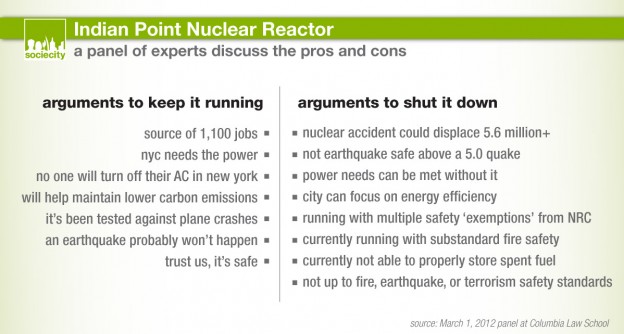Global warming is a growing controversy. The controversy is made bigger because of the media coverage. You can find the coverage in the more popular media outlets than actual science literature. In polls, you can see that about 84% of scientists will say that global warming is caused by humans, less than half of the public will agree. Just two years ago the UK BBC conducted a poll and found that global warming skepticism is on the rise.

There are some people in pretty high positions that are in denial. Some of the big names include Donald Trump, Ted Nugent, weather broadcasters, and even architects.
Climate change denial differs from skepticism, which is essential for good science. Almost two decades after the issue became one of global concern, the ‘big’ debate over climate change is over. There are now no credible scientific skeptics challenging the underlying scientific theory, or the broad projections, of climate change. The relationships between industry-funded denial and public climate change skepticism have at times been compared to earlier efforts by the tobacco industry to undermine what is now widely accepted scientific evidence relating to the dangers of secondhand smoke, or even linked as a direct continuation of these earlier financial relationships. Aside from private industry groups, climate change denial has also been alleged regarding the statements of elected officials.
It is believed that humans are the reason global warming exist and that is probably why some people are in denial.
They argue that the climates have changed before, but informed scientists will say that the climate reacts to what forces it to change at the time and at this time, it is humans that are the dominant force. We are the ones causing global warming. The deniers will say that its “not that bad”. The scientists will say that it is negatively effecting agriculture, health, and the overall environment more than it could positively.
More of What they say….
‘Skeptical Science’ lists a bunch of arguments made by global warming deniers:
Climate has changed before.
It’s the sun.
It’s not bad.
There is no consensus.
It’s cooling.
Models are not reliable.
Temperature record is unreliable.
Animals and plants can adapt.
Oceans are cooling.
It’s a natural cycle.
Why won’t deniers just believe that their is Global warming and it’s happening. Just get over it.
Sources:
http://en.wikipedia.org/wiki/Global_warming_controversy
http://science.howstuffworks.com/environmental/conservation/conservationists/talk-global-warming-deniers.htm
http://hamptonroads.com/2012/02/global-warming%E2%80%99s-deniers-dead-enders

 As you can see, for this solar energy lab we used a flashlight as a light source, a solar panel and different color light filters. The purpose of the lab was to perform several experiments to try to gain an understanding of the relationship between light intensity and the voltage output of the solar cell, as well as the relationship between the wavelength of light and the voltage output of the
As you can see, for this solar energy lab we used a flashlight as a light source, a solar panel and different color light filters. The purpose of the lab was to perform several experiments to try to gain an understanding of the relationship between light intensity and the voltage output of the solar cell, as well as the relationship between the wavelength of light and the voltage output of the














